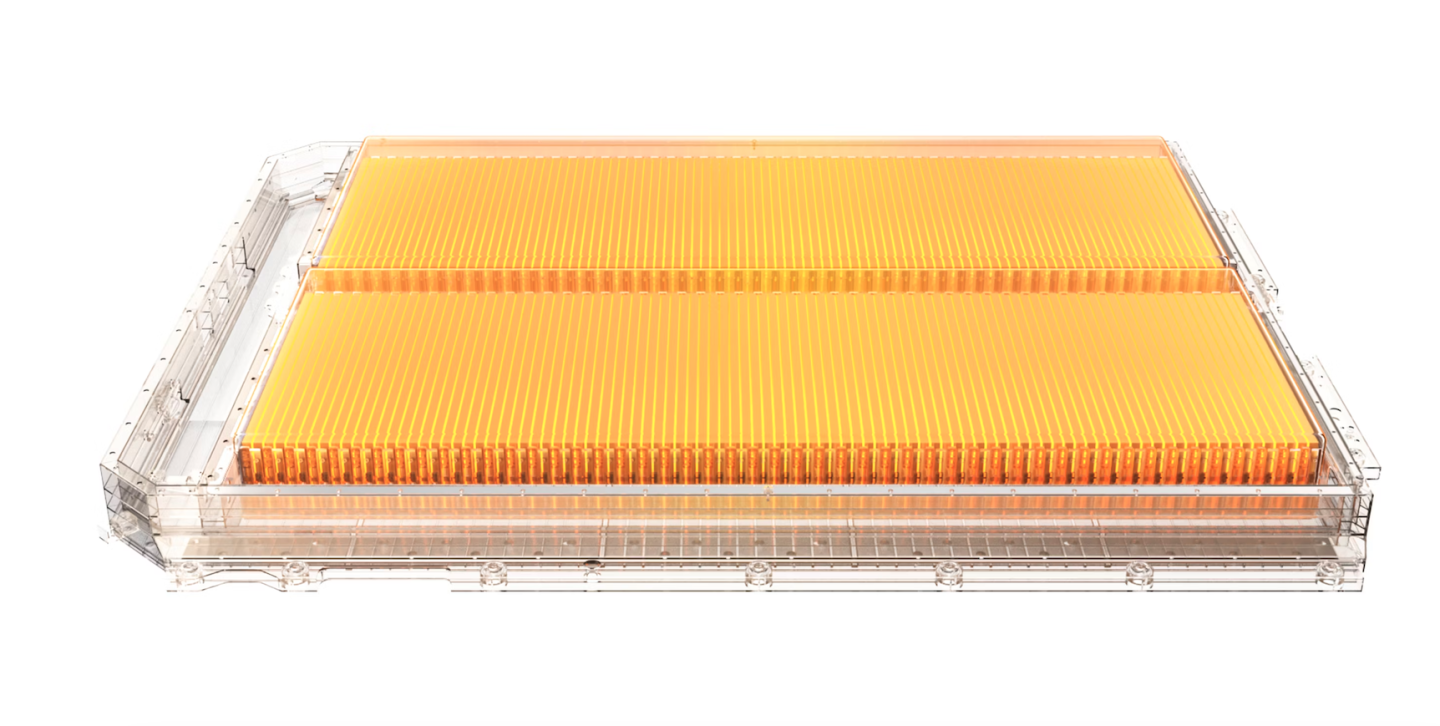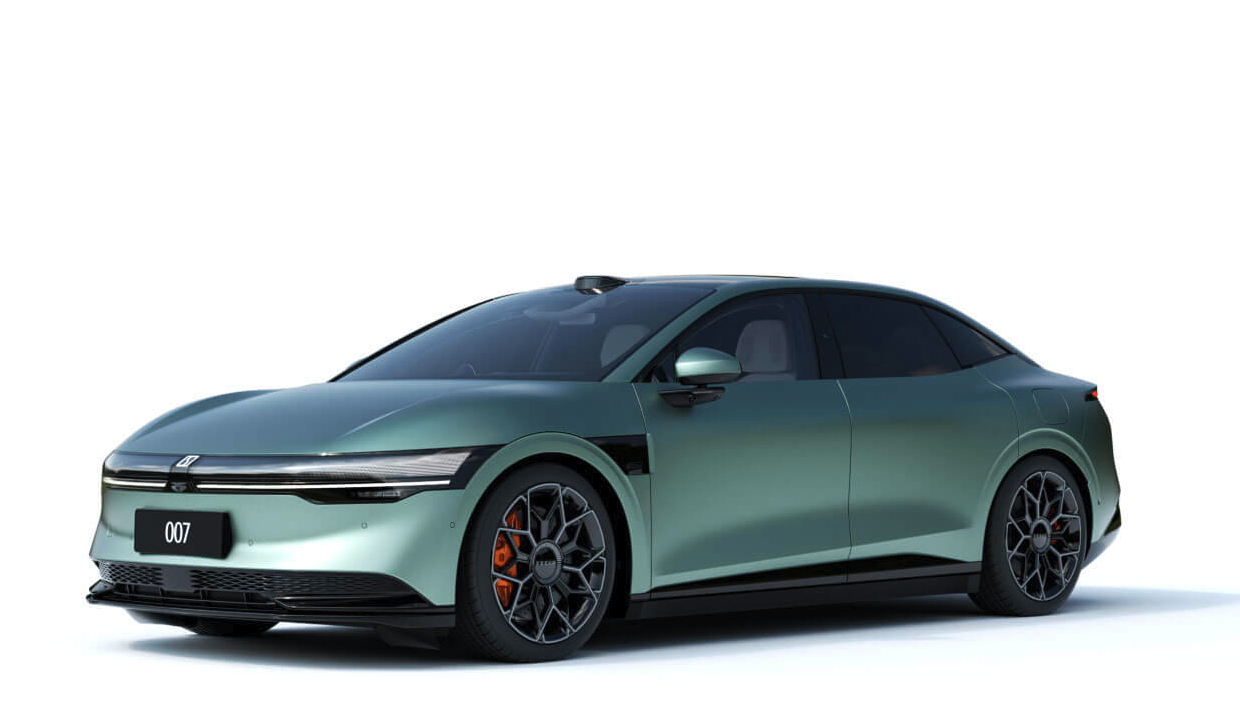Ten-minute EV charging has been realized – quite nearly, at least. We’ve seen many “world’s fastest” EV battery charging claims roll through in recent months and years, but most relate to battery tech that’s still deep in the research or prototype phases. This week, Chinese auto manufacturer Zeekr staked a new claim on the title, but this one’s for the 800-V lithium-iron-phosphate (LFP) battery in the updated 007 sedan launching in mere days.
Much like its better-known global Geely siblings Volvo and Polestar, Zeekr consistently keeps its finger on the pulse of the latest bleeding-edge battery tech. Difference being, the Chinese battery market has a faster pulse.
Back in 2022, Zeekr broke out as the first automaker developing a vehicle around CATL’s headline-splashing long-range Qilin battery. In December 2023, it announced its own in-house battery development progress, unveiling an LFP battery it said was capable of charging 500 km (310 miles) worth of range in 15 minutes flat. Days later, that 75-kWh “Golden Battery” battery was rolling out in the all-new 2024 Zeekr 007 sedan.

Zeekr
Here we are just 3/4 of a year later, and Zeekr is updating the 2025 007 sedan with a newer version of its battery that promises significantly faster charging. It announced at its Tech Day this week that the new battery leaps to 5.5C charging, pushing 10 to 80% charge time down to just 10.5 minutes. That charging time won’t be immune to extreme weather, but Zeekr claims a 30-minute 10-to-80% charge in temperatures as low as -10 °C (14 °F).
Zeekr did not include battery capacity or range figures in its English press release, but according to multiple reports out of China, the updated LFP battery maintains the same 75-kWh capacity as the original, good for over 680 km (422 miles) of CLTC range. That means roughly 480 km (298 miles) of range in that 10.5-min timeframe, edging EV charging convenience ever closer to the few minutes it takes to pump a full tank of gas.
Those looking to maximize range over ultra-fast charging will still have the option of ordering the 2025 Zeekr 007 with an 870-km (540-mile) CATL Qilin battery.

Zeekr
As for Zeekr’s world’s fastest claims, the new battery slices roughly a full minute off the 11-min 28-sec charge the Zeekr 001 achieved with CATL’s 95-kWh Shenxing battery back in April and roughly ties the 10-min-36-sec mark Li Auto’s bullet-like Mega MPV hit with a 102-kWh CATL Qilin battery back in February. That Li Mega mark was documented by a Chinese influencer; Li Auto officially advertises a 12-minute time to gain the 500 km necessary to take the Mega from a 10 to an 80% state of charge.
At its own tech conference in May, Volkswagen-backed Chinese battery maker Gotion claimed it had a battery capable of hitting 80% charge in 9.8 minutes ready for mass production. It also detailed a second battery with purported 600-km/10-min (373-mile) charging capabilities. Neither was rolling out in a production vehicle model at the time, however.
Back in the US, meanwhile, Hyundai Motor Group’s fast-charging remains king, taking an estimated 18 minutes to achieve a 10 to 80% charge in vehicles like the Hyundai Ioniq 6 and Kia EV6. Motor Trend achieved 193 miles (311 km) in 15 minutes at the charger with the Hyundai Ioniq 6 SE Long Range, comparable to the 322 km (200 miles) per 15 minutes Tesla claims.
So in case it wasn’t clear already, the Chinese have really taken over the driver’s seat when it comes to pushing the envelope in electric vehicle development.
An ultra-fast-charging battery is only as good as the ultra-fast-charging network available to fire up the peak rates required to hit minimal charging times, and Zeekr continues addressing this part of the equation by growing out its ultra-fast 800-V network. The company plans to double the 500-strong Chinese charging station network by the end of 2024, with further plans to more than triple its current number of total chargers to 10,000 by 2026.
Source: Zeekr
Source of Article